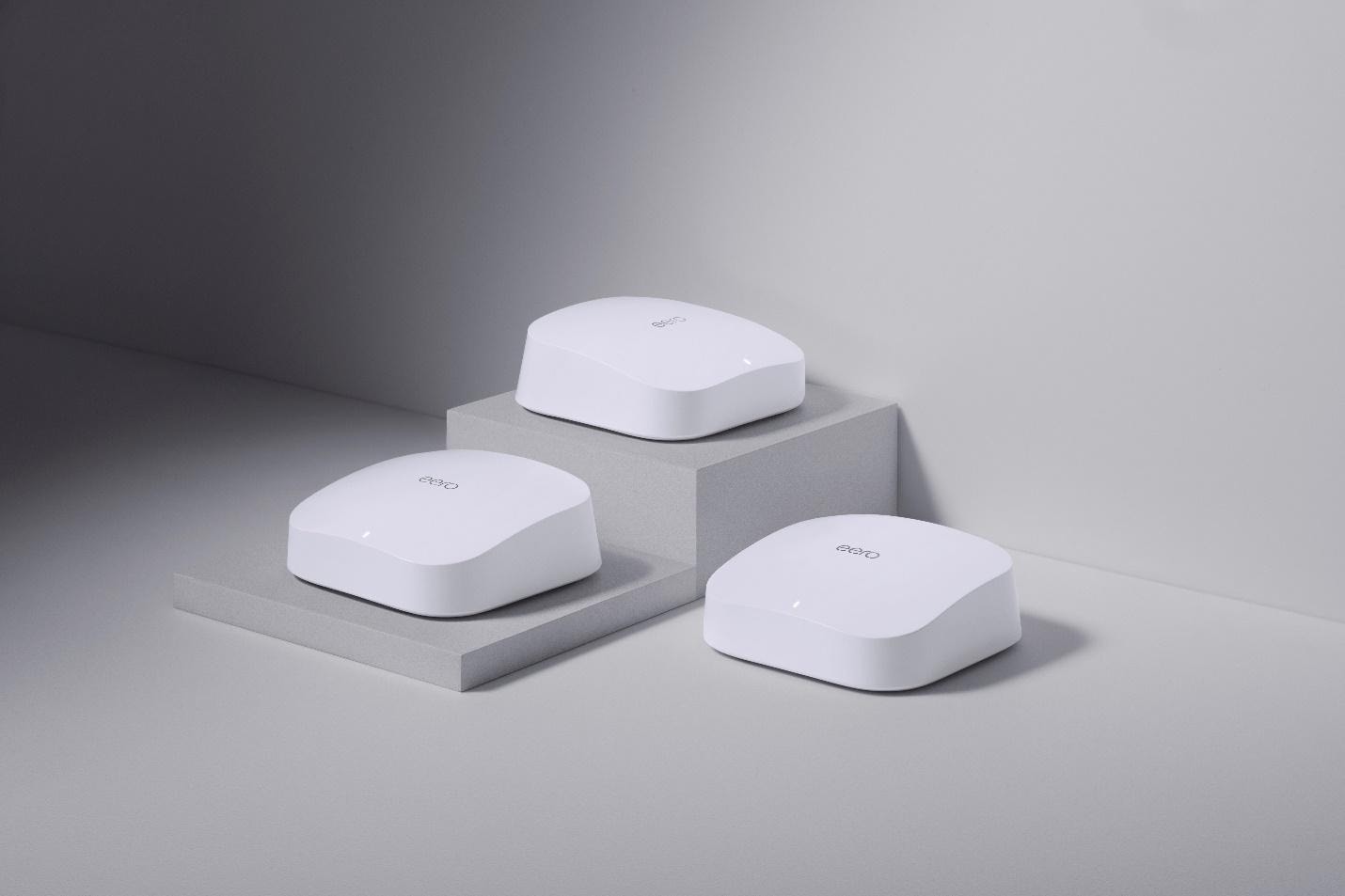Mesh networks vs Wi-Fi extenders: Which is better for you?

Some people may actually get excited about the prospect of setting up a new wireless network in their homes. For the rest of us, getting our router and home internet working is a needlessly complex chore that we hope we only have to do once. Unfortunately, it’s hard to get it set up perfectly, and the layout of your home and positioning of your equipment can profoundly impact your experience using your Wi-Fi. When the Wi-Fi gets spotty, there are two popular solutions: simple Wi-Fi extenders and advanced mesh networks like the eero Pro 6.
From a basic perspective, mesh networks and Wi-Fi extenders (or repeaters) are solving the same problem in a similar way. They are taking your Wi-Fi and making sure it covers more area in your home. But, the way these two technologies achieve this goal is different, and which one is the better option for you is going to come down to what your needs are and also what your budget is.
To lay it out simply, Wi-Fi extenders are generally going to be the cheaper but less capable solution, and mesh networks are the more expensive but more robust solution. Many mesh solutions also support advanced security features, like parental controls or Eero’s Secure+. Now let’s take a deeper dive into just what each is actually doing and which situations choosing one makes more sense over the other.
Wi-Fi extenders: a basic solution for a simple problem
A Wi-Fi extender or repeater does just what its name suggests. It connects to your existing Wi-Fi network, and then it repeats that signal to extend the range to cover more area. But, it is a somewhat inelegant solution that comes with its own drawbacks.
Wi-Fi extenders generally will appear as their own separate wireless network for your devices. So, if you’re going from room to room with your phone on Wi-Fi, it might take some time before your phone disconnects from your main router and switches over to the Wi-Fi extenders connection. Or worse, if you don’t lose your connection to your main router, your device may never ditch the weak connection to the router even if there’s a stronger connection available. This can mean you’ll have to manually switch between connections.
That said, for devices that you don’t move around much – say, printers or desktop computers – you can simply connect them to the Wi-Fi extenders signal and not worry about whether they’ll automatically switch to the device offering the strongest signal.
Given the way Wi-Fi extenders work, they become a fairly simple solution for helping your Wi-Fi reach a corner of your home or a room where the signal is normally poor or unavailable. They’re also more ideal for a smaller number of devices with limited bandwidth demands They aren’t exactly meant to solve your Wi-Fi only covering half of your home – that’s where mesh networks come in.

Mesh networks: Avoiding wires where a single router can’t cut it
Mesh networks still work kind of like Wi-Fi extenders in a sense. There will still be a primary wireless router. That’s the one that wires into your modem. Then there will be one or more additional network devices, called nodes, that connect to the primary router. The difference is that the nodes don’t broadcast a new network ID that your devices have to learn. Instead, the main router and all of the mesh network nodes create a single, seamless network.
What does that mean in practice? Well, if you have a long house and have three nodes spaced out from front to back, you could walk from one end of your home to the other all while staying connected to the network without needing to tell your phone or tablet to switch which access point it was connected to. Generally, your mesh network nodes will all connect to each other with a high-speed connection to ensure you get strong performance throughout the home as well.
All of this makes mesh networks a strong option if you have a lot of area to cover in your home and have many devices with serious demands for network connectivity.
Choosing the right solution for you
The first thing you should do before deciding to add more hardware or replace your existing hardware is to make sure you’re following best practices for your current home network and have good placement for your router. If that still doesn’t solve your connectivity issues, then you may want to make a change.
If your budget is tight, there are many affordable Wi-Fi extenders on the market. For anywhere from $25 to $50, you’ll find plenty of devices that’ll help give you a bit of extra Wi-Fi coverage for your home. Just be sure that most of your devices are able to connect to your router so that the extender doesn’t become the main access point for your network.
If you’ve got money to spend, a lot of area to cover, and many devices that need a wireless connection, then go with a mesh network. They are robust and generally easy to set up (so you can forget the expense of professional installation). You can also slowly expand the network as you need. You’ll find many devices specifically made to work as a mesh network, such as the eero Pro 6, as well as some more traditional routers that you can configure to link together into a mesh network.
Sign up to get the BEST of Tom's Guide direct to your inbox.
Get instant access to breaking news, the hottest reviews, great deals and helpful tips.
